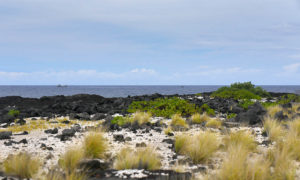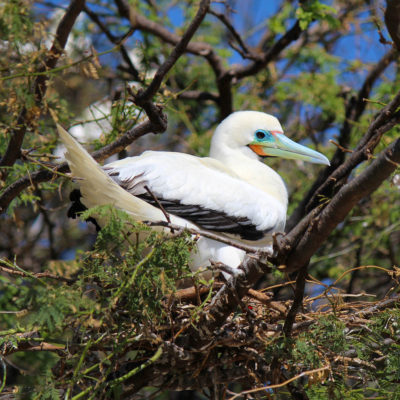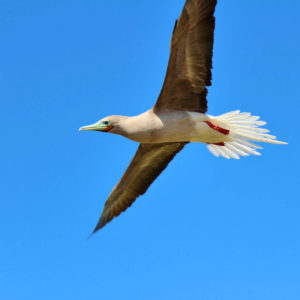Sula sula | red-footed booby | ʻā
Indigenous
Other Names: akeake
The ʻā, or red-footed booby, is the most abundant booby in the Hawaiian Islands. The nest in colonies and almost exclusively in shrubs and trees. Young birds do not have the characteristic pinkish-red feet they are named for. They gain their red feet as they become adults. They are mostly white with black wing edges and a pale blue bill.
The map below shows birding trails where you might see this bird. Learn more by visiting our species profile page for ʻā.
Hotspots for red-footed booby
- Hanalei National Wildlife Refuge | Details for Hanalei National Wildlife Refuge
- Kīlauea Point National Wildlife Refuge | Details for Kīlauea Point National Wildlife Refuge
- Salt Pond Beach Park | Details for Salt Pond Beach Park
- Kawaiʻele State Waterbird Sanctuary | Details for Kawaiʻele State Waterbird Sanctuary
- Pihea Trail | Details for Pihea Trail
- Nuʻupia Ponds | Details for Nuʻupia Ponds
- Makapuʻu Point Lighthouse Trail | Details for Makapuʻu Point Lighthouse Trail
- Lāʻie Point State Wayside Park | Details for Lāʻie Point State Wayside Park
- Lānaʻi Lookout | Details for Lānaʻi Lookout
- James Campbell National Wildlife Refuge | Details for James Campbell National Wildlife Refuge
- SIDE TRIP: Wai‘ānapanpa State Park | Details for SIDE TRIP: Wai‘ānapanpa State Park
- Open Ocean | Details for Open Ocean
- Keāhole Point | Details for Keāhole Point
Hanalei National Wildlife Refuge
Wetland
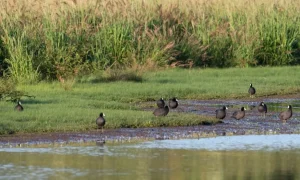
Kīlauea Point National Wildlife Refuge
Coastal
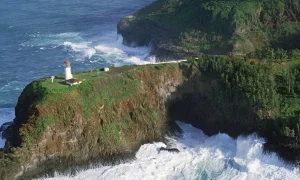
Salt Pond Beach Park
Coastal

Kawaiʻele State Waterbird Sanctuary
Wetland
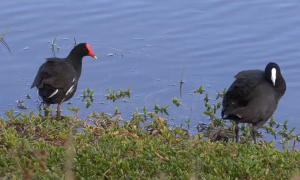
Pihea Trail
Wet forest
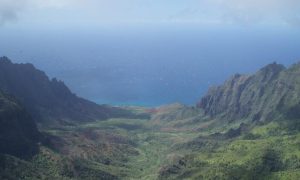
Nuʻupia Ponds
Wetland
Makapuʻu Point Lighthouse Trail
Coastal
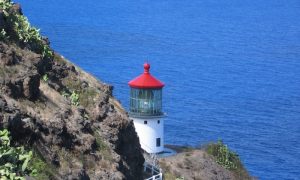
Lāʻie Point State Wayside Park
Coastal

Lānaʻi Lookout
Coastal
James Campbell National Wildlife Refuge
Wetland
SIDE TRIP: Wai‘ānapanpa State Park
Coastal
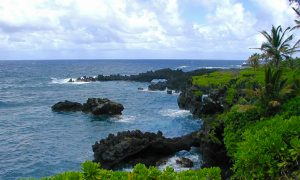
Open Ocean
Open Ocean

Keāhole Point
Coastal
